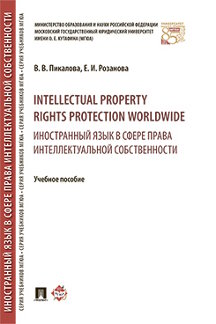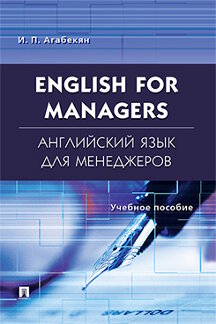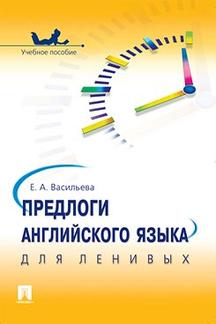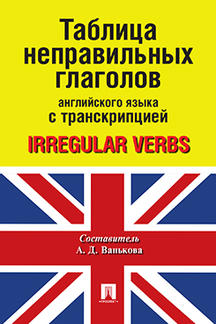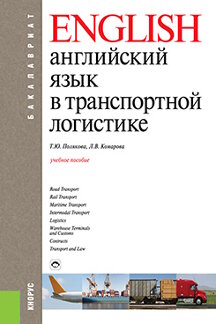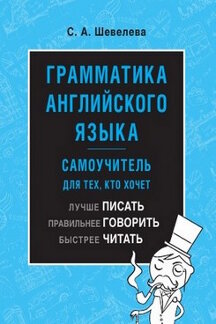|
|
ОглавлениеUnit 2 IP: International Legal Environment Unit 3 Copyright Law: Rationale of copyright. Obtaining and enforcing copyright Unit 4 Copyright Law: Moral and Economic rights Unit 5 Copyright Protection of Computer Software Unit 6 Copyright Law: “Whose format is it anyway?” Unit 7 Trademarks: definition, functions, registration and use Unit 8 IP and Business: Trademark Coexistence Unit 11 Patent Law: Patent application Unit 13 Role of Intellectual Property in Enhancing the Competitiveness of the Tourism Industry Для бесплатного чтения доступна только часть главы! Для чтения полной версии необходимо приобрести книгуUnit 7 Trademarks: definition, functions, registration and useVOCABULARYtrademark / trade mark — товарный знак trade name — наименование фирмы, фирменное наименование service mark — знак обслуживания certification mark — удостоверительный знак (происхождение или качество) collective mark — коллективный товарный знак, коллективный знак обслуживания renew the registration — продлить срок регистрации Patent and Trademarks Office (PTO) — Бюро по патентам и товарным знакам be eligible for registration — быть приемлемым для регистрации, отвечать требованиям регистрации deny / refuse registration — отказать в регистрации qualify — отвечать требованиям pending — находящийся в процессе рассмотрения cease and desist letter — требование о прекращении противоправного действия wrongful user — лицо, неправомерно использующее товарный знак distinctive character of a mark — отличительный характер знака generic mark — обобщенное марочное название, нарицательная марка defensive trade mark — защитный торговый знак (идентичный другому товарному знаку, который либо уже зарегистрирован, либо будет зарегистрирован на имя того же владельца и в отношении товара, родственного данному товару) deceptive mark — ложный товарный знак, вводящий в заблуждение detriment — вред, ущерб; blurring — размывание границ, искажение; dilution — размывание, ослабление; tarnishment — действия, порочащие репутацию торговой марки READING 1Exercise 1. Read through the text and match the questions with the appropriate paragraphs. Answer the questions. 1. How can a trademark be protected? 2. What kinds of trademark can be registered? 3. What rights does trademark registration provide? How long does trademark protection last? 4. What is a service mark? 5. How can trademark registration be maintained? 6. What is a trademark? What is it designed for? A. A trademark or trade mark is a distinctive sign or indicator of some kind which is used by an individual, business organization or other legal entity to uniquely identify the source of its products and/or services to consumers, in other words, a trademark is a sign capable of distinguishing the goods or services of one enterprise from those of other enterprises. A trademark is a type of intellectual property, and thus protected by intellectual property rights. B. Typically a trademark is a word or a combination of words, letters, and numerals can perfectly constitute a trademark. But trademarks may also consist of drawings, symbols, three-dimensional features such as the shape and packaging of goods, non-visible signs such as sounds or fragrances, or color shades used as distinguishing features — the possibilities are almost limitless. C. When a trademark is used in relation to services rather than products, it may sometimes be called a service mark, particularly in the United States. A service mark may be registered for retail services. While it will not be necessary to specify in detail the services for which registration is sought, it will be necessary to specify the goods, or type of goods, to which the retail service relates. D. At the national/regional level, trademark protection can be obtained through registration, by filing an application for registration with the national/regional trademark office and paying the required fees. At the international level, you have two options: either you can file a trademark application with the trademark office of each country in which you are seeking protection, or you can use WIPO’s Madrid System. E. In principle, a trademark registration will confer an exclusive right to the use of the registered trademark. This implies that the trademark can be exclusively used by its owner, or licensed to another party for use in return for payment. Registration provides legal certainty and reinforces the position of the right holder, for example, in case of litigation. The term of trademark registration can vary, but is usually ten years. It can be renewed indefinitely on payment of additional fees. Trademark rights are private rights and protection is enforced through court orders. F. A related issue that permeates registered trademark law is that of ‘use’. As mentioned above, a trademark registration can be kept on the register indefinitely and so, unlike patents or copyright, a mark need not fall into public domain after a specific time. In consequence a trademark has to be used in order to maintain the registration. The obligation to use has been adopted in almost all jurisdictions. READING 2Exercise 2. Read through the article and answer the questions: 1. What is “brand” and in what way does it differ from “trade mark”? 2. Why has a backlash appeared in the society against trade marks and brands? 3. Where does the nub of controversy lie? Current trends In recent years there has been something of a backlash in some sectors of society against the power that trade marks can have over the daily life of a consumer. This campaign has been directed primarily against brands, rather than trade marks on their own. Although there seems to be some discussion and disagreement as to the definition, the terms ‘brand’ and ‘branding’ would appear to refer to the totality of the image that is portrayed in relation to or by a product in the marketplace, and the process of getting it there. A brand is described thus: ‘The intangible sum of a product’s attributes: its name, packaging, and price, its history, its reputation, and the way it’s advertised’. The process of branding can thus be applied to the entire corporate identity as well as to individual products and services. And herein lies the nub of the controversy. In recent years companies have attempted to build whole aspirations, images and lifestyles around a brand. Those that have achieved some success might include ‘Bailey’s Irish Cream’, ‘Pepsi Max’, ‘Levi’s jeans’ and ‘Absolute Vodka’. The message is that if you purchase this particular product, you too can have these experiences, this lifestyle and this success. The effect, so it is argued, is to offer a lifestyle that is dictated by the brand-owner, but which does not necessarily reflect ‘real life’. The ultimate result is that it is the companies who own these brands who determine the way we live, the choice we make and the shape of the world in which we live. SPEAKINGExercise 3. Summarize the text “Current trends” and express your opinion on the topic, give examples of your own. Make use of the following phrases. the way I see it…; to my mind…; if you ask me…; I think…; I firmly believe etc... Exercise 4. Interpret the questions into English and the answers into Russian. Что понимается под товарным знаком? A trademark is a distinctive mark or symbol or device that a manufacturer affixes to the goods he produces so that they may be identified in the market. Является ли товарный знак интеллектуальной собственностью? Yes, a trademark is a type of intellectual property, and typically comprises a name, word, phrase, logo, symbol, design, image, or a combination of these elements. Товарный знак это не тоже самое, что фирменное наименование? No, it shouldn’t be confused with a trade name, which is a name used in the trade to designate as an entity the particular business of certain individuals or sometimes to designate a class of goods. Вы не могли бы привести пример? The registered name identifies both the goods and the persons selling or making them, whereas a registered trade mark designates only the product. For example, the product “Sunshine Cola Drink” could be a subject of a trademark, and the “Sunshine Soft Drink Company” could be a trade name. Существуют ли еще какие-нибудь знаки для обозначения товаров и услуг? There are also service marks, certification marks and collective marks. Поясните, пожалуйста, чем отличается товарный знак от знака обслуживания? When a trademark is used in relation to services rather than products, it may sometimes be called a service mark, particularly in the United States. Service marks may be registered in connection with services. These are provided for in classes 35–45 of the Nice classification and include inter alia insurance and financial affairs; education and the provision of training; sporting and cultural activities; services for providing food and drink; and medical and veterinary services. А каких случаях используется «удостоверительный знак»? A certification mark is a symbol, name or device used by an organization to vouch for products and services provided by others. This type of mark may cover a characteristic such as regional origin, method of manufacture, product quality and service accuracy. For example, Rioja wines (Spanish wines from the Rioja region). С книгой "Intellectual property rights protection worldwide = Иностранный язык в сфере права интеллектуальной собственности. Учебное пособие" автора Пикалова В.В., Розанова Е.И. также читают:Внимание! Авторские права на книгу "Intellectual property rights protection worldwide = Иностранный язык в сфере права интеллектуальной собственности. Учебное пособие" (Пикалова В.В., Розанова Е.И.) охраняются законодательством! |
||||||||||||||||||||||


